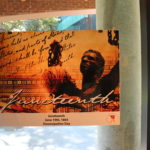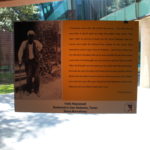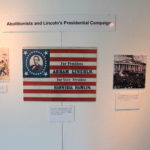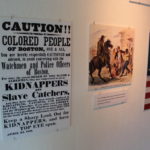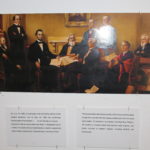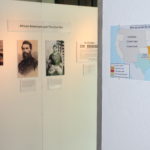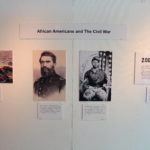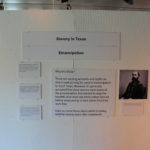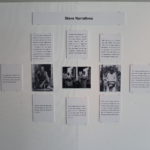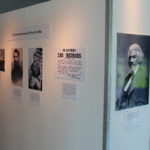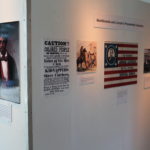Exhibit Date: June 20-July 8, 2016
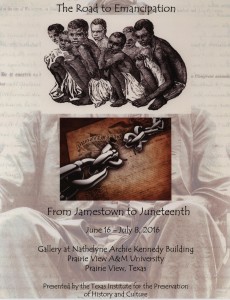 In late August, 1619, the first documented arrival of African slaves to the American colones took place near Jamestown, Virginia, beginning a long, sordid history of human bondage that would not officially end in the U.S. until June 19, 1865. This exhibit traces the path of black slaves from their introduction to their freedom in 1863 with President Lincoln's Emancipation Proclamation. The path of slavery ended in 1865 when Texas slaves were finally given word of their freedom by Union General Gordon Granger in Galveston. The exhibit covers how the proclamation came to be, its effect on the Civil War, slavery in Texas, how the news of emancipation was received in the Lone Star State and why it took two and a half years to get here.
In late August, 1619, the first documented arrival of African slaves to the American colones took place near Jamestown, Virginia, beginning a long, sordid history of human bondage that would not officially end in the U.S. until June 19, 1865. This exhibit traces the path of black slaves from their introduction to their freedom in 1863 with President Lincoln's Emancipation Proclamation. The path of slavery ended in 1865 when Texas slaves were finally given word of their freedom by Union General Gordon Granger in Galveston. The exhibit covers how the proclamation came to be, its effect on the Civil War, slavery in Texas, how the news of emancipation was received in the Lone Star State and why it took two and a half years to get here.
“Everybody went wild. We all felt like heroes ... just like that we were free. It didn't seem to make the whites mad, either. They went right on giving us food just the same. Nobody took our homes, but right off colored folks started on the move. They seemed to want to get close to freedom ... like it was a place or a city. We knew freedom was on us, but we didn't know what was to come with it. We thought we were going to get rich like the white folks. We thought we were going to be richer than the white folks, because we were stronger and knew how to work, and the whites didn't, and we didn't have to work for them any more. But it didn't turn out that way. We soon found out that freedom could make folks proud but it didn't make them rich.” -- Felix Haywood, former slave





